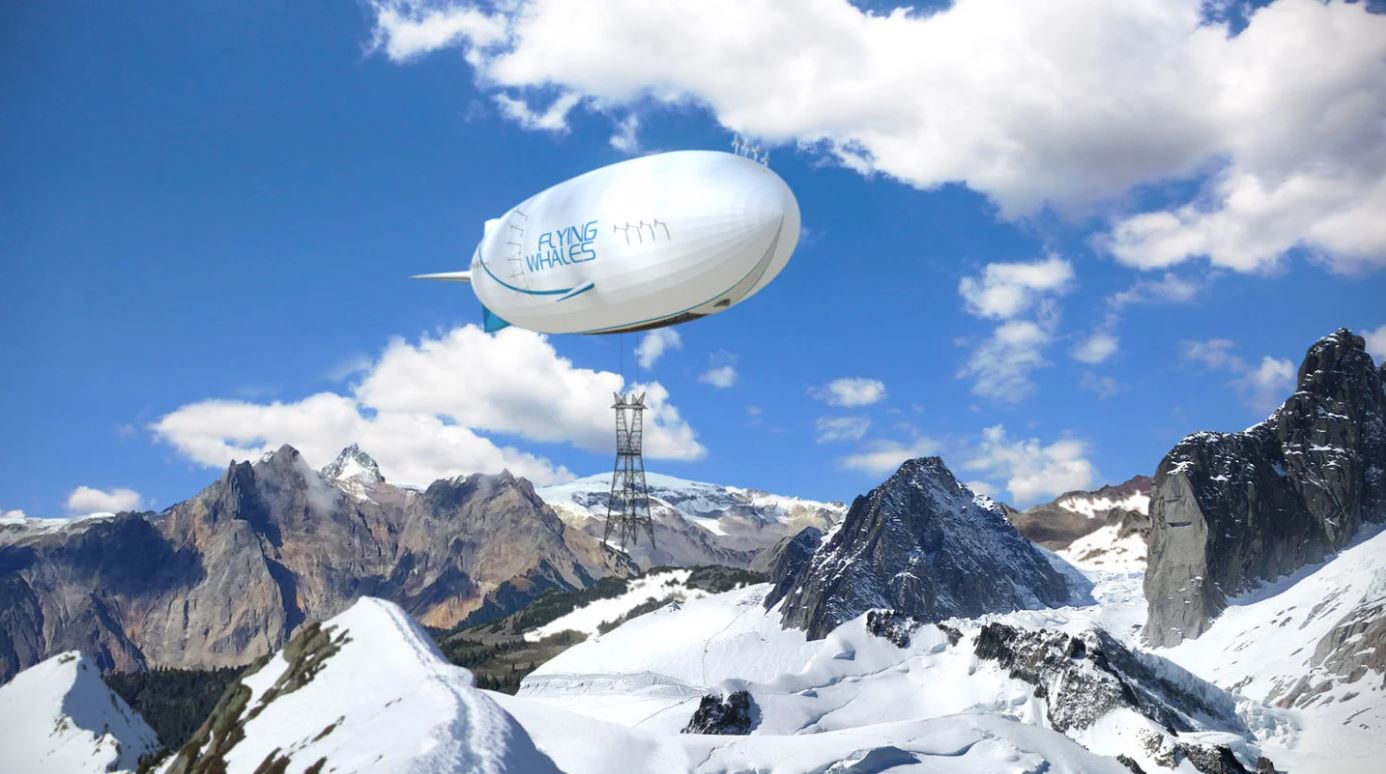By Barry E. Prentice, PhD
Science Unbound, in a YouTube video at https://www.youtube.com/watch?v=OIm1VBU8vYk addresses the potential of a new generation of airships for cargo transport. The video is entertaining, and makes several good points, but also makes some questionable statements.
1. Cargo airships will not need to reach 500-1000 tons to compete. It all depends on the market. 100 tons lift to cross oceans, but smaller ones could find markets in remote locations.
2. Airships do not need 6 days to cross the Atlantic, 36 to 48 hours is sufficient. There is no need for 1000 airships to begin a cargo service. Certainly, more than a single airship is needed, but a fleet with as few as three could begin.
3. The hybrid solution is hyped but this is based on no economics except not requiring re-ballasting. Cargo airships will not just land anywhere. They need material handling equipment and transshipment to trucks for the first mile/last mile. Prepared landing facilities will be the rule, not the exception. Hence, no need to worry about a readily available store of ballast water, which is put forward as the hybrid’s advantage.
4. Airships can have zero-carbon emissions, and not just with solar films. Airships have lots of space to store hydrogen fuel tanks to power electric motors. Hydrogen storage is the problem for airplanes.
Lots of misunderstandings are still being perpetuated about airships, but also some realities are brought forward.
1. Helium is not necessary for cargo airships. Hydrogen can be used safely as a lifting gas. Leaks are now easily and inexpensively detected. Ventilation is the solution to hydrogen safety.
2. Yes, regulations to ensure safety were non-existent in the 1930s. But Science Unbound fails to mention weather, and more importantly, the lack of weather forecasting. Most large airships were lost in storms, and structural failure was often the weakness, if caught in a storm.
Notwithstanding its errors, this video suggests that more people are taking a hard look at cargo airships, and this is desirable. They suggest that the high cost of entry is the biggest problem for the re-emergence of the airships. No doubt that the monetary barrier is almost as big as an airship, itself, but in the great scheme of things, the cost is much less than the alternatives. In Canada we look at the conversion of ice roads to gravel roads. The average cost is between $3 million and $5 million per kilometer. So, if it takes a billion dollars to build and certify an airship, how many kilometers of roads would that build – between 200 and 333 kilometres. Anyone familiar with the geography of Canada will recognize that this would do little more than link up a few remote communities. The other 290 remote communities would need to wait.



